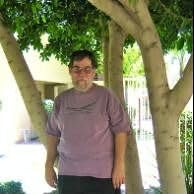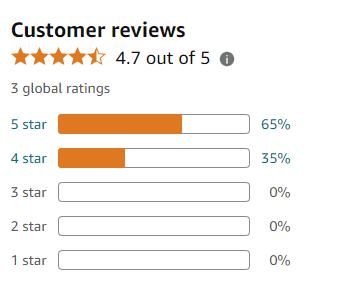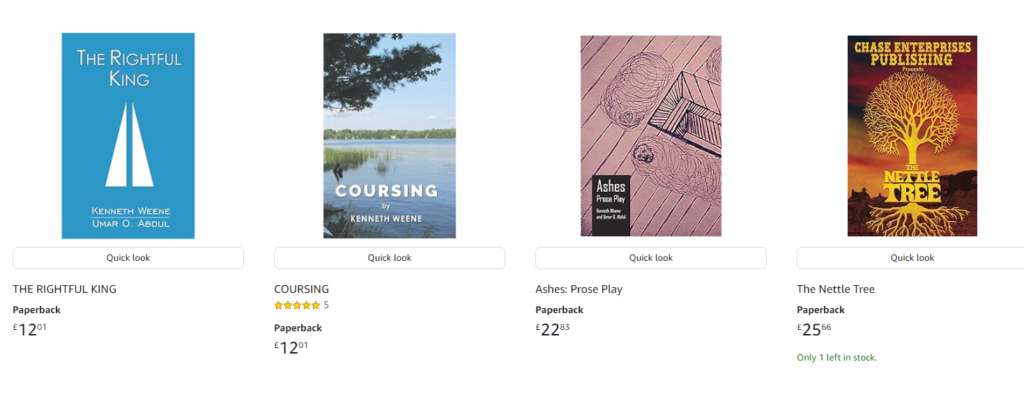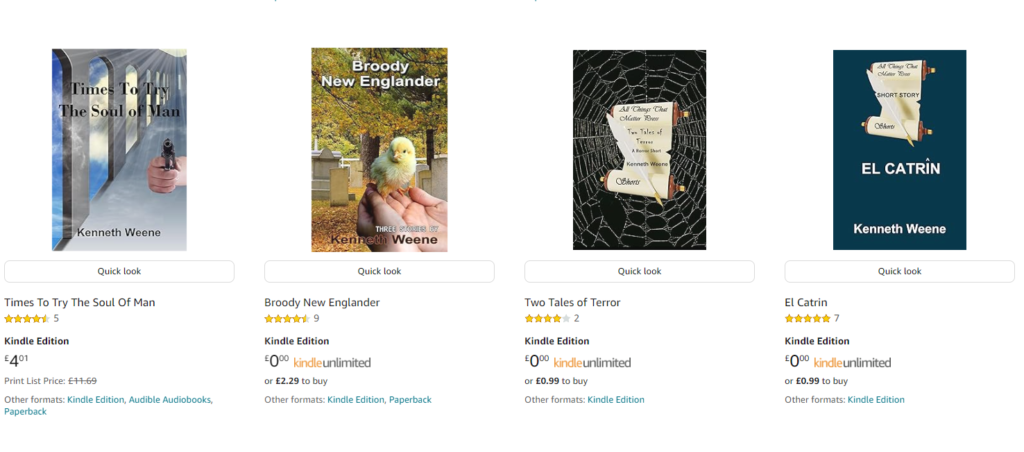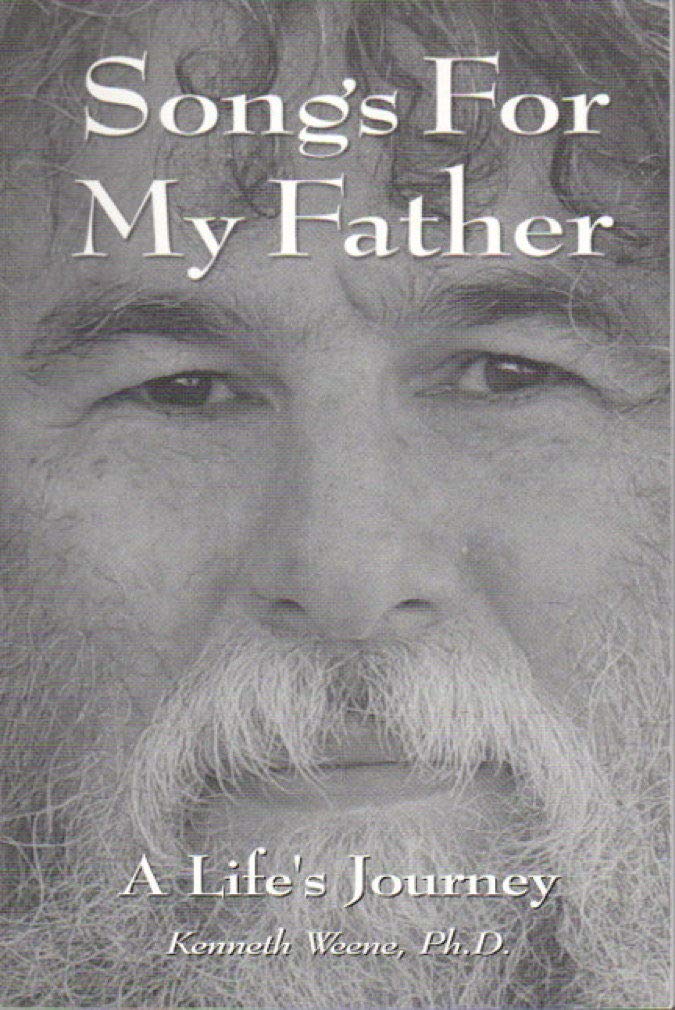This incredible novel is more than just a book about the insane. The characters in all their crazed out existences question what it means to be human and what happens when our greatest fears trap us from living. Set during the 1970s/1980s the book is reminiscent of the movies, One Flew Over the Cuckoo’s Nest and Girl Interrupted only with a more uplifting, thought provoking edge. Like its movie predecessors this novel pits the inmates against the staff, but therein lays the excellent dichotomy that author, Kenneth Weene has developed. In Memoirs of the Asylum some of the staff members will view the mentally insane as mere furniture objects, yet others will see their own vulnerabilities and frailties mirrored within the patients.
In the view of the narrator, the inmates are controlled by whatever means necessary including, excessive medication, shock treatments and even lobotomies so that the inmates are kept out of sight from society and to do this the staff must be willing and able to lie. Yet, neither inmates nor staff fits very well in this pre-ordained script. The characters in this novel tend to be a messy, vibrant lot, a point made in all its various discussions of excrement. For in our most smelly states in the view of the narrator, we are our much authentic selves. Here in the proverbial restroom there is no escape from our basic and most primitive selves.
This sense of no escape is a central theme in this novel. The more the patients and the staff try to escape from themselves the more they find themselves at each harrowing turn. While the book presents a virtual kaleidoscope of characters losing their minds and ultimately climaxing with a symphonic roar at the full moon as patients are united in their madness which culminates in a murder. This book is anything but gratuitous in its depiction of violence or madness. Each insane person is treated with the utmost care and humanity and in so doing that is the genius behind Weene’s writing and the authenticity of this story.
The character we know the most is the narrator who is at once an observer, and a patient suffering from schizophrenia, but more to the heart he is a character making sense of the loss of his best friend and suffering from immense grief. He is not the only mourner in this novel. Marilyn, the catatonic patient is alternately trapped between a variety of layers of grief for her mother, a lost love and lost dog. She is the silent hero. Her catatonic state has a transformative affect on the new medical resident, Dr. Buford Ambrose. He is at once fascinated, mesmerized and disgusted with her state of non-existence, what is essentially a waking death. Yet, this notion of not quite living is symptomatic of many of the inmates and even staff members. But it is Marilyn that has the most transformative effect on the patient, Alan who finds her captivating and representative of the ideal woman, one that is pure and unmoved by the world around her. Yet, her state is anything but un-removed. She is living in the crack in her room in ways she is afraid to do in the living world. It is there that she can face her own fears, her own tormentors over and over. Even though her mini-conquests occur in her mind and in silences they have the un-gluing effect on Dr. Buford Ambrose who questions his very fiber as he feels helpless and unable to cure her and unable to save his crumbling marriage. Yet at the same time he is growing to care for her. And in his near paternal love for her, a family is formed, one with both him and Alan as her dutiful suitor. Alan is the peeping tom, the crazy philosopher and the man who masturbates at will in front of any and everyone including circus elephants. And as Marilyn seeps into a deep stupor under the heavy cloak of meds, she is both the hero to herself as she faces her demons once and for all, yet physically is the victim of a rape. It is at their collective finest hours that Alan, though he is not the father chooses to be her husband and that Marilyn breaks through the walls of her existence and says in her own words to Dr. Arbrose, “The vacation is over. ” She welcomes impending motherhood. Though the fate of her life and of Alan’s and their child is up to the asylum, the readers are left with the sense that love and acceptance while it may not cure lunacy can dampen its severe decree.
★★★★★


